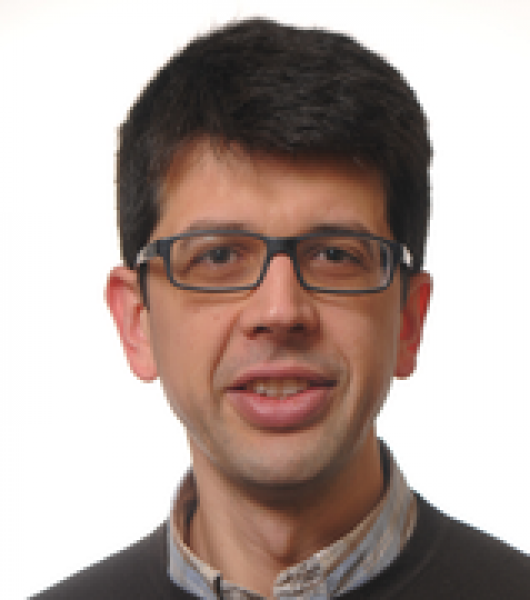New platform to help SMEs get started with cyber-physical systems
Small and medium-sized enterprises need better opportunities to exploit the benefits of computer-based models for cyber-physical systems; this is the objective of a new, large-scale, pan-European development project headed by Aarhus University. FBK is part of the consortium
Small and medium-sized enterprises need better opportunities to exploit the benefits of computer-based models for cyber-physical systems. This is the objective of a new, large-scale, pan-European development project headed by the Department of Engineering at Aarhus University.
This is the objective of a new, large-scale, pan-European development project headed by the Department of Engineering at Aarhus University and involving Fondazione Bruno Kessler as a core partner providing model-based techniques and tools.
Total funding of EUR 8 million from the EU framework programme for research and innovation, Horizon 2020, is bringing together 17 universities and companies from seven European countries to develop a platform to make it simple and easy for small and medium-sized enterprises (SMEs) to incorporate modern computer models in their development and/or production.
This is far from simple for such companies today, says Professor Peter Gorm Larsen from the Department of Engineering at Aarhus University, who is coordinating the project:
“Cyber-physical systems are products with a physical component that is usually controlled by a cyber component (one or more computers), and these have caused a revolution in a very large number of industries. However, many SMEs don’t have any chance of keeping up with the new things happening in digitisation, and it can be too costly just to jump aboard one thing or the other,” says the professor, adding:
“Therefore, the idea behind this project is to set up a collaboration platform in the cloud: This will include a large ‘sandbox’ for anyone who wants to try their hand at ‘playing’ with model-based design of cyber-physical systems to find out whether it’s something they can use before they throw money at it. So instead of finding tools on the Internet and installing them locally, you can test them directly in the sandbox.”
The project is called HUBCAP and it is intended as a one-stop-shop for SMEs who want to try their hand at modelling cyber-physical systems: It is a playground where companies from all over Europe can try out intelligent IT systems for their development and/or production without having to take out their purses.
“We’re developing some models in the project for use as a sort of building block to make it easier for companies to get started. These models can be shared with other partners in the project, either for a fee or for free. They’re a bit like Lego bricks that make it easier to build things and get started on the game,” says Peter Gorm Larsen.
As part of the project, it will be possible for SMEs to apply for funding to work on a specific project that they would like to try out using computer-based models. EUR 3 million of the EUR 8-million granted to the project has been earmarked for this purpose.
“I know that a lot of companies have already discovered the opportunities in using computer models to develop cyber-physical systems, but they have not yet fully taken the technology to heart. This project makes this possible, and I hope that many SMEs will find it attractive,” says Peter Gorm Larsen.
“FBK participates in the project as leader of the workpackage on the servitization of the model-based design techniques, as provider of tools to support the formal verification and safety analysis of system design models, and as innovation hub for the local SMEs interested in adopting model-based design in their development and/or production activities,” says Stefano Tonetta (Embedded System Unit in FBK).
source: AARHUS UNIVERSITY press release
